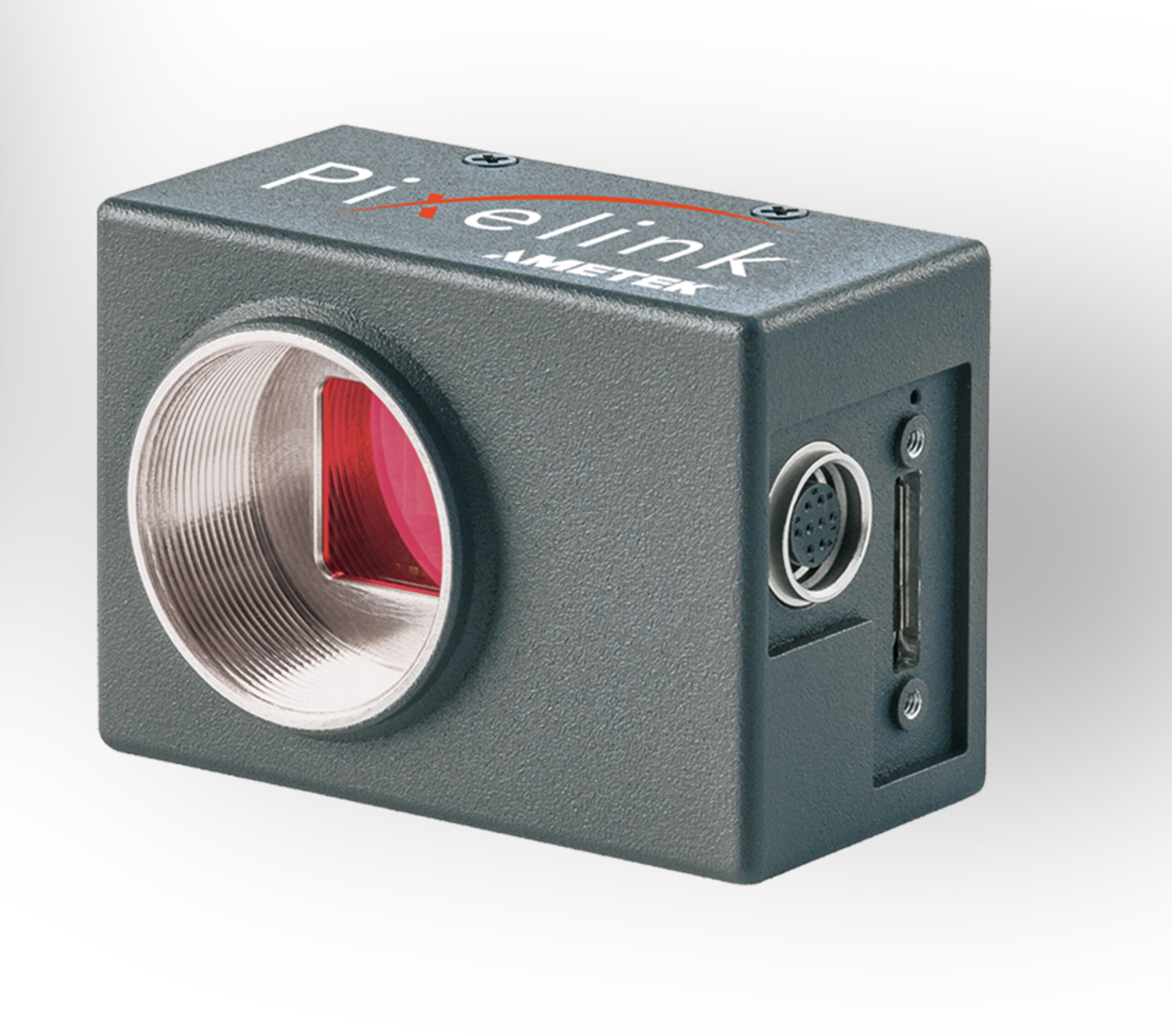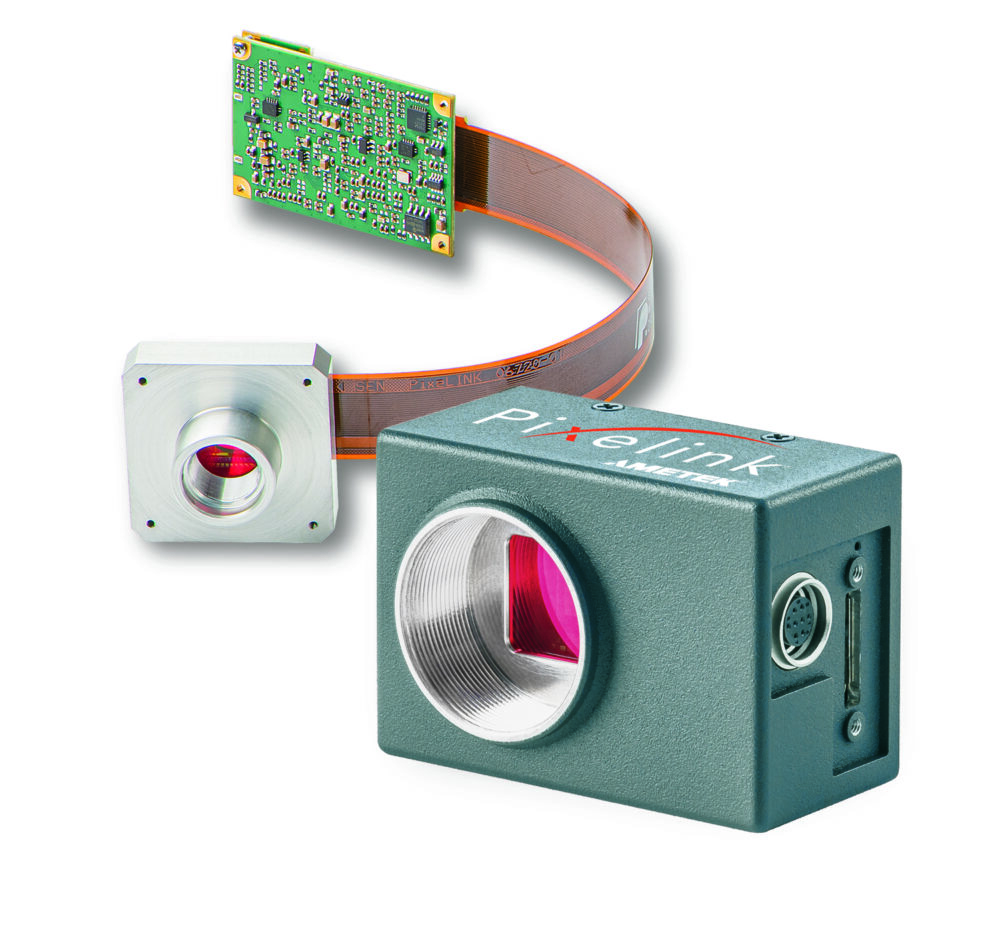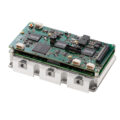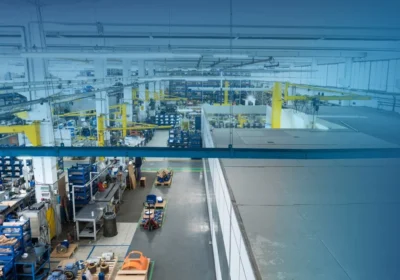(15th April 2025, Ottawa, Canada) Pixelink, a leading global provider of industrial imaging solutions, proudly announces the launch of the PL-D782, the newest addition to its acclaimed PL-Ds USB 3.0 camera line. Built for precision and engineered for speed, the PL-D782 introduces a 2.4 MP camera powered by the cutting-edge Gpixel GMAX4002 sensor, offering enhanced performance, exceptional image fidelity, and superior NIR responsivity for demanding industrial and scientific applications.
The PL-D782 delivers outstanding performance in both color and monochrome formats, and is ideally suited to a wide array of advanced imaging tasks — from machine vision and medical diagnostics to automation, robotics, and metrology.
“The PL-D782 reflects Pixelink’s ongoing commitment to deliver best-in-class imaging tools to our customers,” said Mendel Huang, Product Manager at Pixelink. “By integrating the GMAX4002 sensor, we’re able to offer enhanced sensitivity, especially in the near-infrared range, which significantly expands the camera’s versatility in low-light or NIR-rich environments. This is a camera designed to keep pace with the evolving demands of modern imaging applications.”
The PL-D782 builds on the legacy of the PL-D752, a trusted performer that set the benchmark for fast, low-noise USB 3.0 cameras across industrial inspection, microscopy, and embedded systems. While the PL-D752 impressed with its 165 fps (10-bit) and robust Sony CMOS global shutter sensor, the PL-D782 takes things further with greater responsiveness in challenging lighting conditions, advanced liquid lens compatibility for one-touch autofocus, and more compact integration options.
The PL-D782 features the Gpixel GMAX4002 sensor with a 1/1.7” optical format and delivers a 2.4 megapixel resolution at 2048 x 1200, capable of capturing up to 159.4 frames per second. It is available in both color and monochrome formats and supports one-touch autofocus with liquid lenses. Its 4μm x 4μm pixel pitch ensures high precision imaging, while the USB 3.0 interface enables high-speed data transfer and simple connectivity with a wide range of host systems.
With the same SDK and API used across the PL-Ds camera family, integration into existing systems is seamless. Pixelink’s SDK architecture allows developers to scale solutions across multiple camera models without having to recompile software — a powerful advantage that streamlines both development and deployment.

Huang concludes, “Available in board-level and GPIO enclosed configurations, the PL-D782 offers unmatched flexibility for OEMs and system integrators alike. Its FPGA-driven image preprocessing, which includes real-time functions like auto exposure, LUT, white balance, gamma, and decimation, offloads processing from the host system to increase overall throughput and efficiency.”








